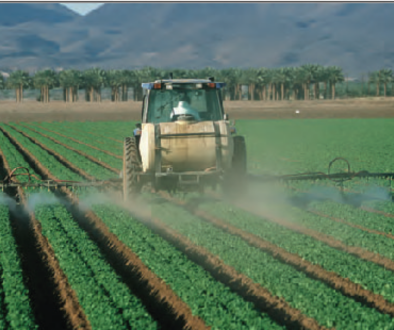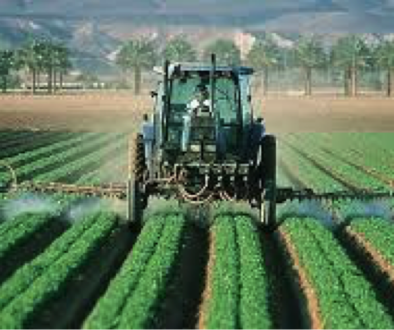Deadly Panties?

If the pesticide in your pants was connected to suicides in India, would you pay more attention to the undies you buy?
“Cotton is considered the world’s dirtiest crop due to its heavy use of pesticides. Aldicarb, cotton’s second best-selling insecticide and most acutely poisonous to humans and wildlife, is still used in 25 countries, including the U.S., where 16 states reported it in their groundwater. The dangers are recognized by the EPA and they have signaled its phase out in 2018,” reports the Rodale Institute in their paper, Chemical Cotton.
- Eight of the top 10 pesticides most commonly used on U.S. conventionally produced cotton were classified as moderately to highly hazardous by the World Health Organization.
- Conventionally grown cotton uses more insecticides than any other crop in the world. It is estimated that each year cotton producers use as much as 25 percent of the world’s insecticides.
- Five of the top nine pesticides used on cotton in the U.S. (cyanide, dicofol, naled, propargite, and trifluralin) are KNOWN cancer-causing chemicals. All nine are classified by the U.S. EPA as Category I and II— the most dangerous chemicals.
- The number of pesticides presently on the market that were registered before being tested to determine if they caused cancer, birth defects or wildlife toxicity: 400. (US EPA Pesticide Registration Progress Report, 1/93).
- One of the commonly used pesticides on cotton throughout the world, endosulfan, leached from cotton fields into a creek in Lawrence County, Alabama during heavy rains in 1995. Within days 245,000 fish were killed over 16 mile stretch. 142,000 pounds of endosulfan were used in California in 1994.
- Cotton (83%) is one of the top four GMO crops produced in the world.
- On an average, 90 percent of U.S. cotton in 2010 was genetically engineered, according to a USDA survey.
We go organic with our food. We can go organic with our undies, because we can and must do better. Our bodies and our babies depend on it.
Sources:
http://www.ecochoices.com/1/cotton_statistics.html
http://rodaleinstitute.org/chemical-cotton/





